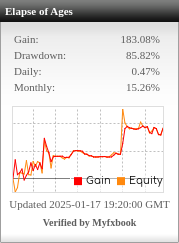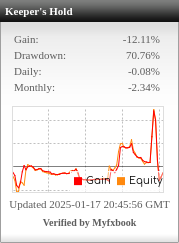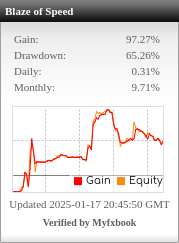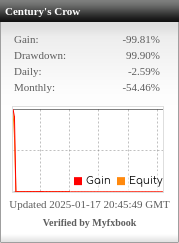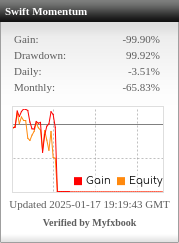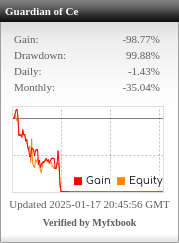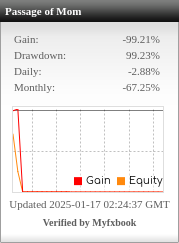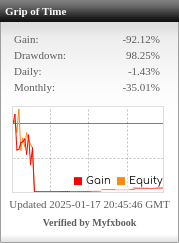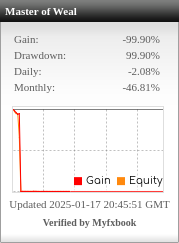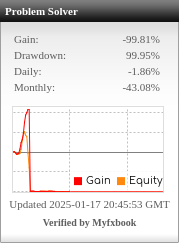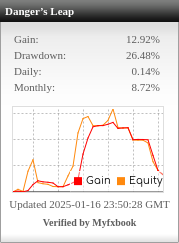
Today we’re discussing 12 different trading strategies, each with its own approach and signals. These strategies include price action trading, range trading, trend trading, position trading, day trading, scalping, swing trading, carry trading, breakout trading, news trading, retracement trading, and grid trading.
Price action trading focuses on understanding market structure and chart patterns. It uses signals like candle patterns, fractals, and the average true range (ATR) to find entry and exit points, often using H1 for active formations and H4 for larger patterns.
Range trading looks for overbought and oversold conditions, utilizing indicators like Bollinger Bands, Keltner Channel, RSI, and Stochastic. H1 is used for entering trades at extremes, while H4 confirms stability.
Trend trading seeks to capture ongoing market trends. It relies on ADX, MACD, SuperTrend, and Itimoku, with H1 for signals and H4 for confirmation. Position trading is long-term and based on macro trends, using Itimoku, Hull Moving Average, RSI, and ADX, requiring H4 for trend identification and H1 for entries.
Day trading benefits from intraday price movements using moving averages, VWAP, RSI, and momentum indicators, with H1 for entries and H4 for alignment. Scalping focuses on quick trades, using Parabolic SAR, ATR, Stochastic, and VWAP, with similar time frame usage as day trading.
Swing trading profits from intermediate swings, using MACD, RSI, Hull Moving Average, and fractals. Carry trading is interest-based and uses indicators like directional index and VWAP. Breakout strategies target volatility, relying on Bollinger Bands and momentum.
News trading responds quickly to market events, while retracement trading enters during price pullbacks using Fibonacci levels and RSI. Lastly, grid trading places multiple orders at intervals, relying on ATR and Bollinger Bands for context. Each strategy has its strengths and weaknesses, and understanding these can help traders optimize their approach based on their style and risk tolerance. Trading is a continuous learning journey, and this script was generated using AI for free using zenmike.com.


